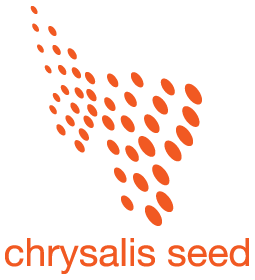

Slide title
Write your caption hereButton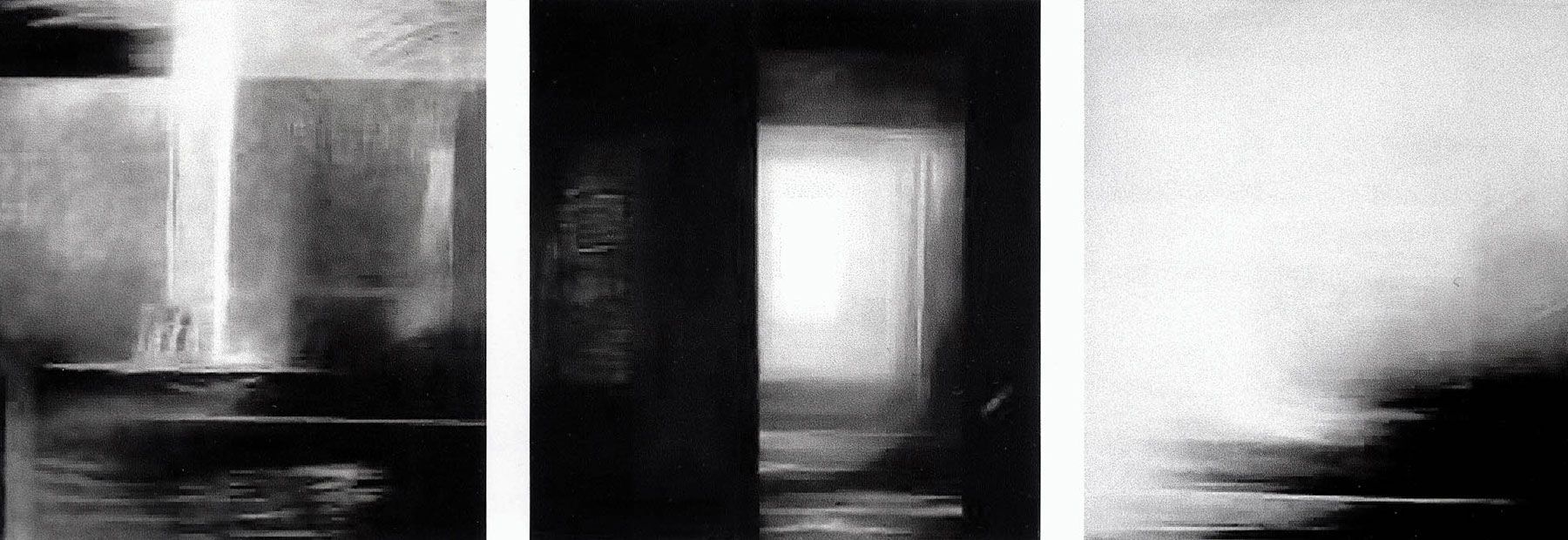
Slide title
Write your caption hereButton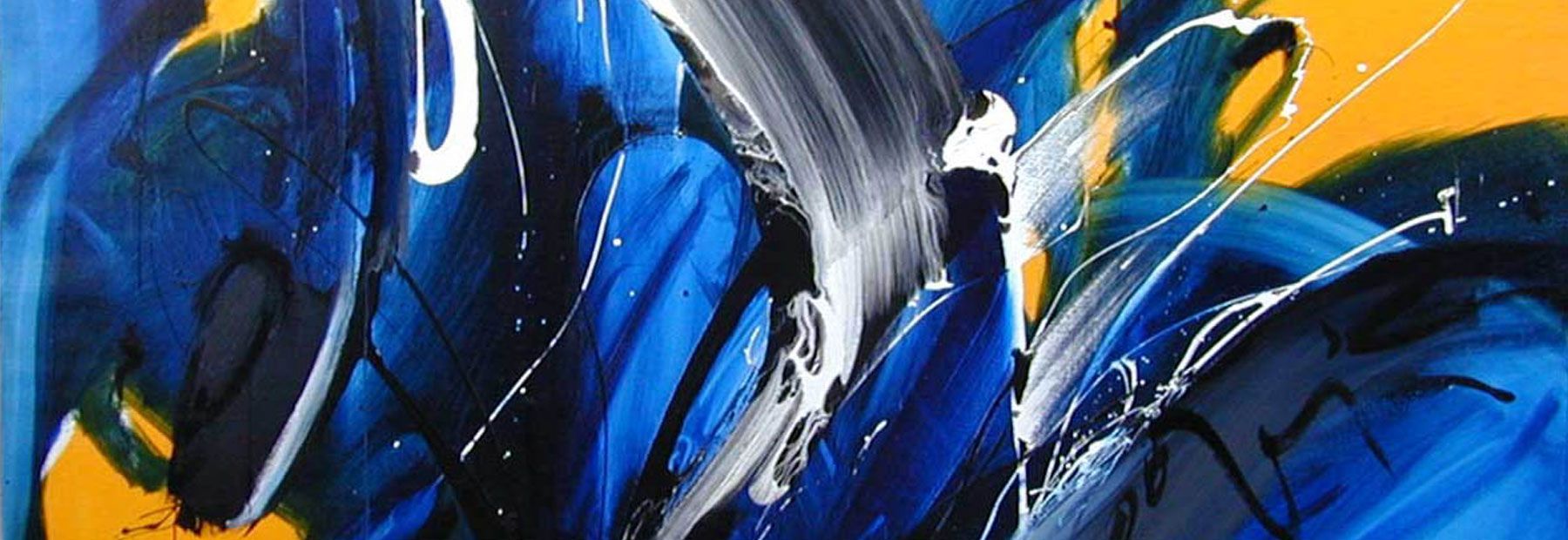
Slide title
Write your caption hereButton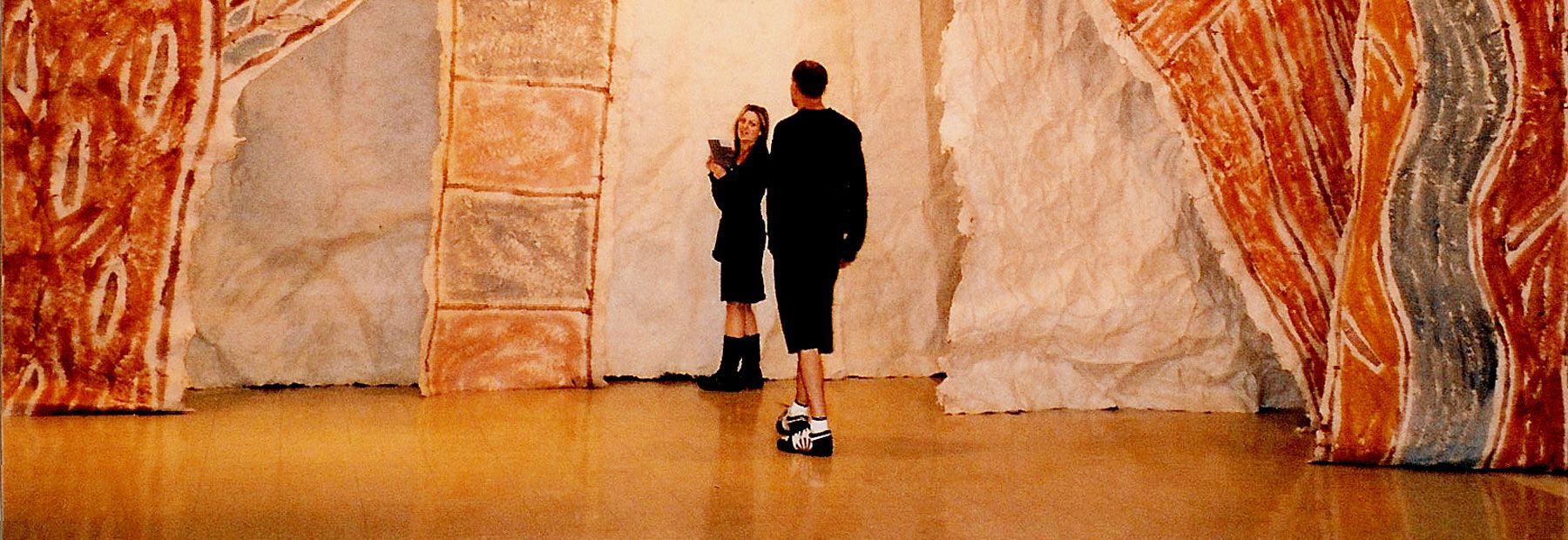
Slide title
Write your caption hereButton
Slide title
Write your caption hereButton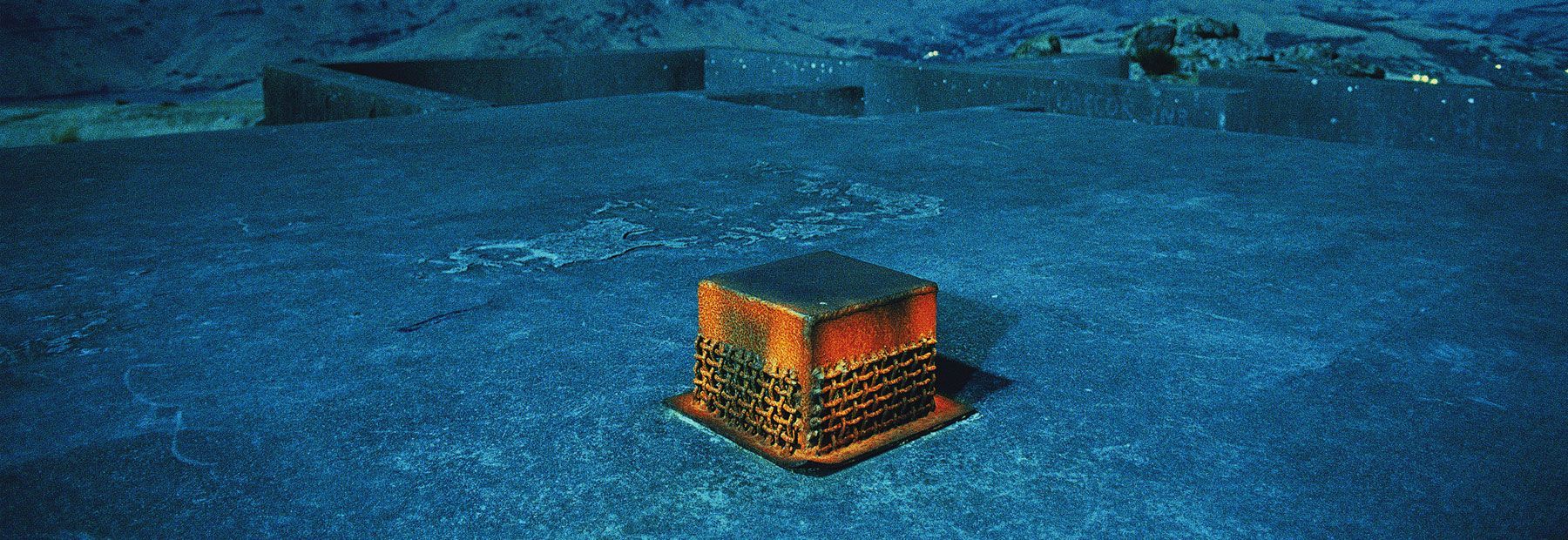
Slide title
Write your caption hereButton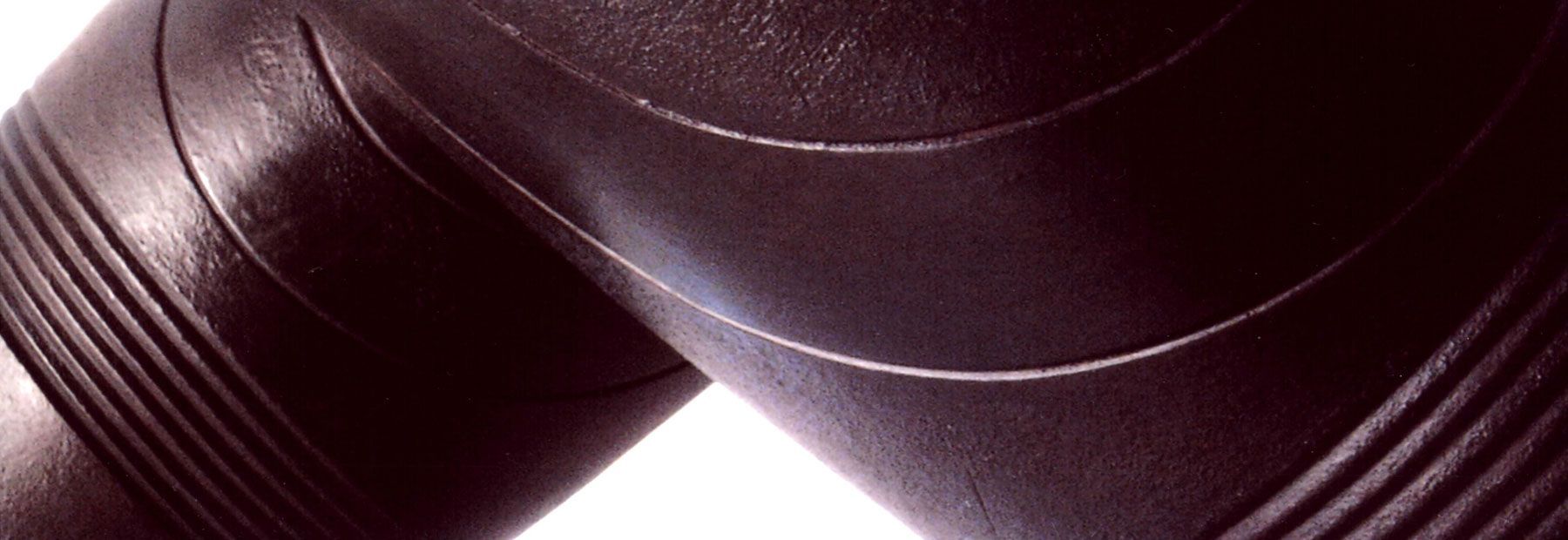
Slide title
Write your caption hereButton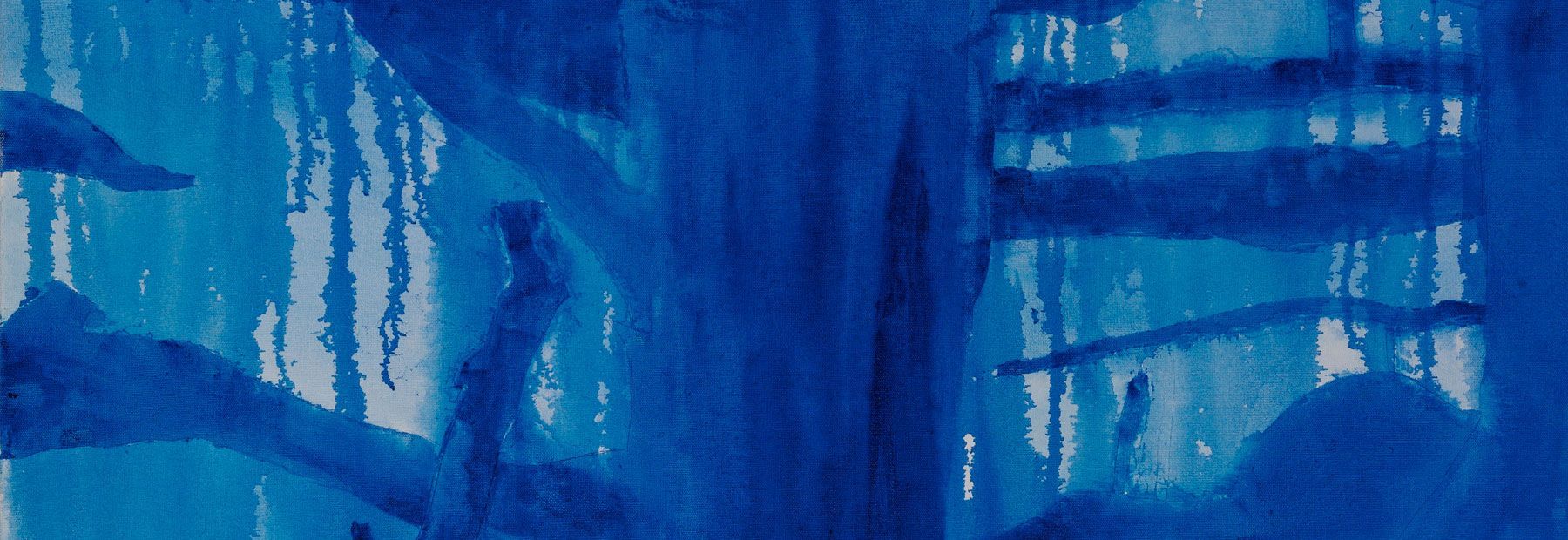
Slide title
Write your caption hereButton
Allie Eagle
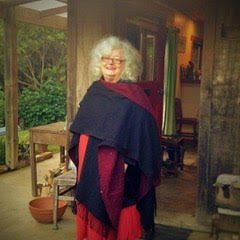
Allie at Tepua Rere
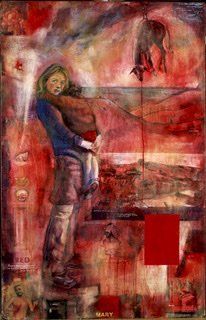
Tough Call
Allie Eagle (Alison Mitchell) 1949 - 2022
Allie Eagle (Allison Mitchell) was born in Lower Hutt on 9th of January 1949. Her mother and grandmother were both accomplished painters. She attended Hutt Valley High School from 1962-65. During this time, she attended the Hutt Art Society, painting alongside her mother, Lorna Mitchell.
Eagle attended Ilam School of Fine Arts in Christchurch 1966-68 where Gaylene Preston, Jonathan Mane-Wheoki, Bill Hammond and Philip Clairmont were among her peers. Here she trained in Abstract Expressionism under Rudi Gopas and studied Life drawing with Bill Sutton.
After graduating, Eagle trained as a teacher at Auckland Secondary Teachers’ College. There she formed lifelong friendships with fellow artists including Joanna Margaret Paul and Derek March. She further pursued her interest in water-colour as a medium, in part seeking to challenge perceptions of watercolour as a lesser medium.
Eagle taught at Upper Hutt College, before returning to Christchurch in 1973. She then worked as exhibitions officer at the Robert McDougall Art Gallery, the first woman appointed to this role. She spent time networking with contemporary women artists in New Zealand and overseas, including American feminist artist Judy Chicago. During her time at the Robert McDougall Art Gallery, she curated two shows of women artists: ‘A Survey of New Zealand Women Artists’ (1974) and ‘Woman’s Art: An Exhibition of Six Women Artists’ (1975). These were a response to an earlier show, ‘Six New Zealand Artists’ which had featured work only by men. These exhibitions promoted the work of women as artists and drew criticism for having a show of one gender – the very thing Eagle was reacting against and intending to highlight.
Whilst in Canterbury, Eagle worked with artist Olivia Spencer-Bower and further developed her skill with water-colour under Spencer-Bower’s supervision, creating light-filled poignant images. Allie spent two years assisting Spencer-Bower in the collation and cataloguing of her life’s work for a national retrospective exhibition, for which Eagle wrote the catalogue.
During this time in Christchurch, Eagle was instrumental in the formation of the New Zealand women’s art movement. She worked with Heather McPherson, Paulette Barr, and Kathryn Algie, to launch the women’s literary and arts journal Spiral which emerged from the women’s collective.
In 1977 Eagle, as part of a collective, helped facilitate the collaborative Women’s Art Environment at the Canterbury Society of Arts. Her art at this time challenged the prevailing modernist ideology of art for art’s sake, through the reclamation of subjective autobiographical art. 1978 saw her exhibiting her pioneering feminist work around rape and abortion, including ‘this Woman Died I Care’ and ‘Empathy for a Rape Trial Victim’; themes she would revisit in later years. In the 1980’s she was a founding member of Wellington’s Women’s Gallery and continued to sell her work there for three years.
A work-place injury and a decline in health saw Allie move to Auckland for a period of rest and reflection, renting a bach at Te Henga/Bethells Beach where she painted loose gestural watercolour paintings exploring the natural environment. During this time she was baptised and dedicated the rest of her life to following Jesus. Throughout the following decades she continued to explore social issues, seek social justice, exploring ways to integrate her arts practice with her emerging personal faith.
Eagle settled in Te Henga, living for a time in a bus before building her own home out of predominantly re-claimed timbers in 1991-92. She remained in Te Henga, except for a few years spent in Ōtaki caring for her mother and painting out of a studio at Reikorangi in Waikanae.
Eagle was an influential teacher, teaching at various times at Liston College, Elam School of Fine Arts, Whitireia Polytechnic, and Manukau Institute of Technology. She taught community classes and summer schools at Auckland Art Station and Corbans Arts Estate, and UCol in Whanganui, as well as teaching as part of her atelier studio practice.
Eagle was committed to restoring the Atelier model of workshops and artistic communities. The film ‘Allie Eagle and Me’, made in 2004 by then fine arts student Briar March, documented the development of her ‘Sudden Imperative’ body of paintings. Here Eagle sought to recontextualise earlier works reflecting her personal faith. The film shows a practice rich in research and in community participation. The development of a 7m x 2m painting for Waitakere City in 2006/7, ‘Child Jesus in the temple: a community parable for the city of Waitakere’, (watercolour and pigment impregnated wax on gesso panel; named after an image by the same name painted by Goldie) saw the involvement of many people researching, photographing, and painting.
Eagle always sought to give her models agency, developing strong friendships with many of them. Her final project was an ambitious parallel to the ‘Sudden Imperative’ paintings of women, aiming to produce a series of panels of repentant men. An exhibition at Mahara Gallery, Waikanae in 2011 featured a wall of male faces, painted live from men invited to sit with Eagle in her studio. Many raw and powerful portraits have been left in her studio in Te Henga from the last decade of her life.
Eagle was deeply involved in every community she was part of. This included the radical lesbian separatist movement of her early years, the physical community at Te Henga where she expressed her environmental concerns, commitment to her local Ranui Baptist church community, and continued involvement in various arts networks throughout New Zealand, as an artist of deep personal faith. Throughout her life she showed leadership, initiative, and a deep love for people, including tangata whenua and ethnic minorities. Her legacy includes her mentoring and encouragement of the next generation of artists, with several of her protegees now working at national and international levels.
She also continued to write, contributing to numerous publications throughout her career. Her paintings are held in several public collections, including The Auckland Art Gallery Toi o Tāmaki, Christchurch Art Gallery Te Puna o Waiwhetu, the Alexander Turnbull Library, and Suter Gallery in Nelson.
A memorial service held recently reflected the great esteem in which she was held by many diverse communities, with many attending from around the country before her burial at her family plot in Otaki.
Jillian Wordsworth (June 2022)
Sources:
1. Allie Eagle and Me: Briar March
3. Christchurch Art Gallery: Allie Eagle Self Portrait
4. Allen, Wendy Grace interview of Allie Eagle
5. Personal correspondence with Allie’s friends and family. June 2022